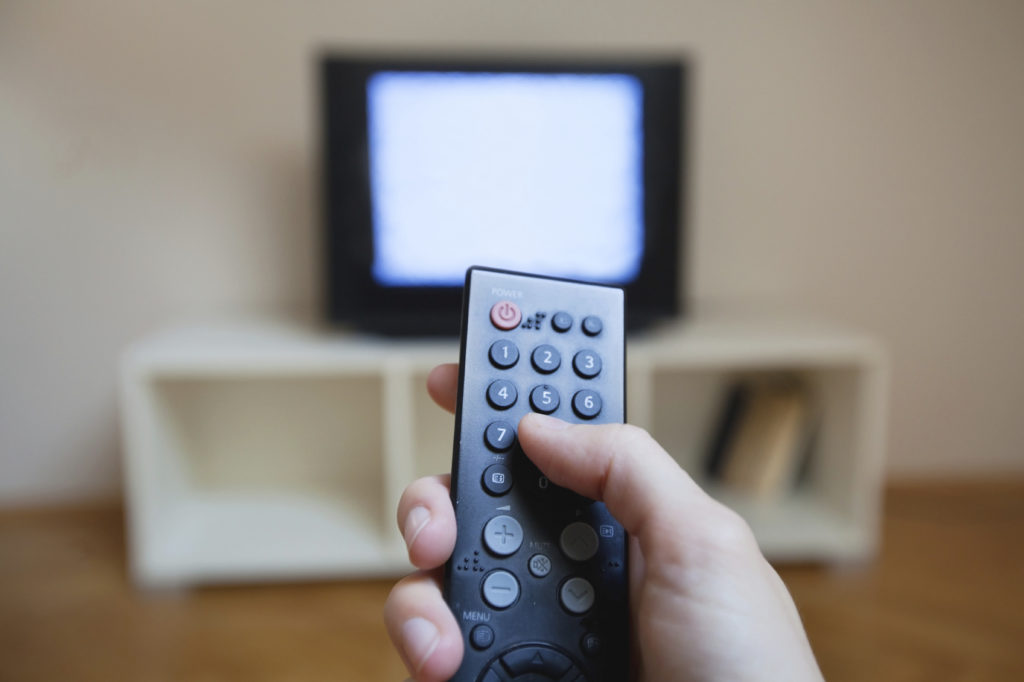How To Open A Speech #90: The Audio Clip Open
This is an excerpt from my new book, 101 Ways to Open a Speech, now available at Amazon.
In his autobiography An American Life, Ronald Reagan described the feelings many people in his generation shared about radio:
“Radio was magic. It was theater of the mind. It forced you to use your imagination. You’d sit in your living room and be transported to glamorous locales around the world.”
Television, many people later complained, eliminated the need for audience members to engage more actively by envisioning the events being described for themselves. That, they’d say, stripped imagination from the equation.
The difference between radio and television is similar in impact to the difference between playing an audio clip or a video clip for your audience. That’s not to say that one is bad and the other is good, but rather that both play different roles and can have considerably different effects.

The United States Holocaust Memorial Museum in Washington, DC has a room in which you can listen to the oral histories of survivors. Their stories are haunting—and the power of the audio testimonies, at least for me, is that you’re able to focus on the words themselves without getting distracted by physical features (“She looks great for her age!” or “He looks lousy.”).
Audio clips don’t have to be that dramatic to work for your presentations. You can play a voicemail from an angry customer, a quirky radio news report about your new product, or sounds of birds chirping from the tropical rainforest you’re about to speak of.
As with video clips, keep the excerpts short. Your purpose is to give your audience a taste, not let the clips overtake your role.
This is an excerpt from my new book, 101 Ways to Open a Speech, now available at Amazon. You can learn more about the book and read more excerpts here.


